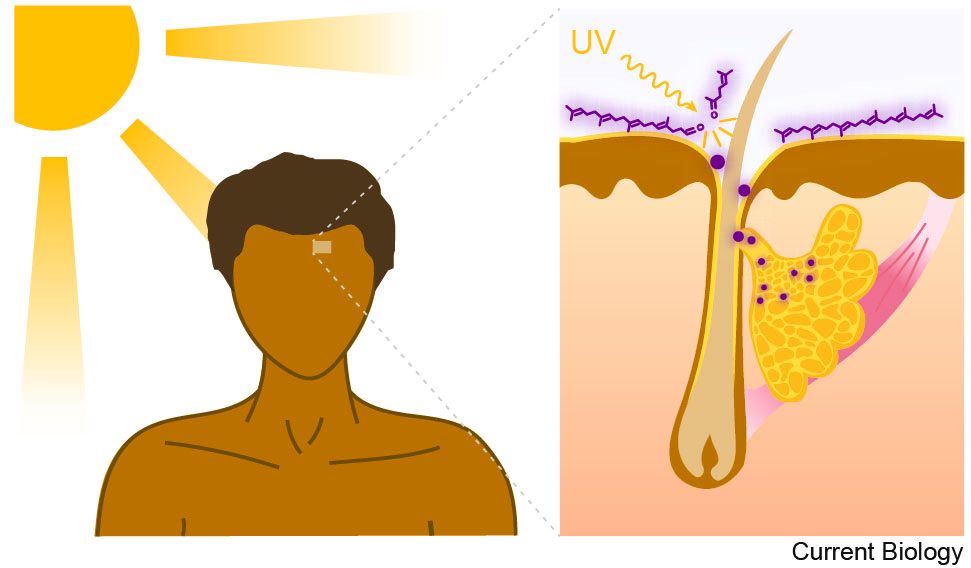Jessica Zung
@jlzung.bsky.social
66 followers
88 following
9 posts
Insect neuro, behaviour, and evolution. Postdoc studying Drosophila vision with Gwyneth Card at Columbia's Zuckerman Institute. Formerly worked on mosquito olfaction with Lindy McBride at Princeton EEB.
Website: jlzung.github.io
Posts
Media
Videos
Starter Packs
Reposted by Jessica Zung
Lindy McBride
@lindymcbr.bsky.social
· Apr 23
Jessica Zung
@jlzung.bsky.social
· Apr 22
Jessica Zung
@jlzung.bsky.social
· Apr 22
Jessica Zung
@jlzung.bsky.social
· Apr 22
Jessica Zung
@jlzung.bsky.social
· Apr 22
Jessica Zung
@jlzung.bsky.social
· Apr 22



